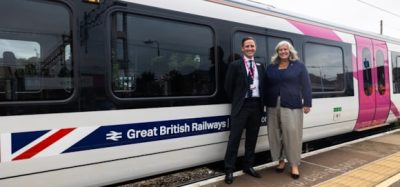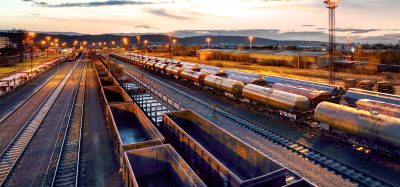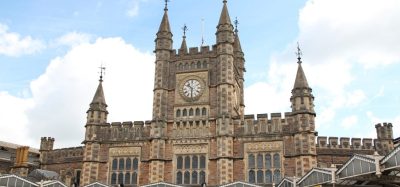The past, present and future of Europe’s rolling stock
Posted: 8 November 2017 | Graham Ellis | No comments yet
From Latvia to London, Global Railway Review’s contributor, Graham Ellis, has been looking at some of Europe’s oldest and newest rolling stock.
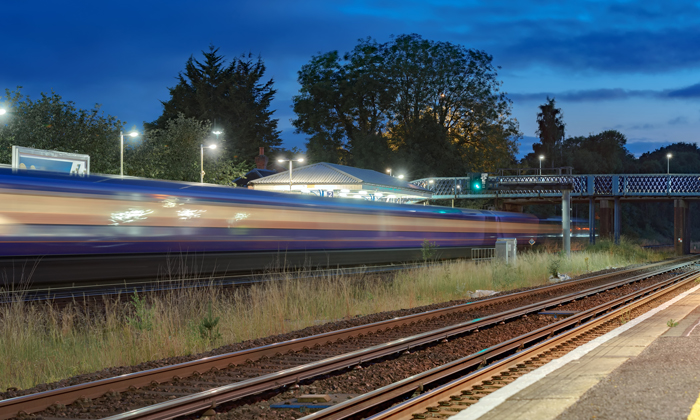

It has been an interesting time for me recently in regards to rolling stock and the rail industry. Firstly, I was in Latvia, lecturing at the Transport and Telecommunications Institute summer school in the capital, Riga, and had an opportunity to visit the railway museum based in the city.
The museum had a real mix of rolling stock in the collection from huge old Russian steam engines, via truck-based rail vehicles, to old Russian prisoner transport carriages. The external display of the roiling stock was free to wander around, look at and take photographs whilst the small inner museum was relatively cheap, just a couple of Euro entrance fee.
Rail Baltica
I didn’t get chance to ride on any operational trains as I was based in the city centre during my visit but I did get to talk to the Deputy Director of the Department of Finance and Development Planning at the Latvian Ministry of Transport, Inta Rozensteine. Part of our discussion was around the application for European funds for the Trans-European Rail Baltica project, linking Helsinki – Tallinn – Riga – Kaunas – Warsaw and continuing on to Berlin, which is to be developed within the territories of the co-operating EU Member States.
Rail Baltica will support the wider EU goals of parity of access to services and infrastructure of EU Member States and the development of sustainable modes of transportation, improved balance and interoperability between different means of transportation and the establishment of links with the rest of the EU rail network.
Whilst in Riga the EU announced that the funding had been granted to the tune of €110.5 million to be split three ways: Lithuania will receive €98.3 million, Latvia will receive €7 million, and Estonia will receive €5.2 million. The funding agreements are planned to be signed by the end of November.
Southern Railway
In August I had the privilege of being able to visit the old Southern Railway works at Eastleigh (which is now occupied by Arlington Fleet Services) and had a guided tour of what is happening there these days. There were restrictions in that I could take photographs but I could not use them for anything other than for personal use as there were customers on-site using the works facilities.
I can, however, tell you that Arlington was overhauling bogies for various wagons, repainting tanker bodies, refurbishing car transporter wagons, overhauling engines in various diesel-electric locomotives as well as storing de-icer trains.
It was great to see that rail works can still be used in this day and age by an independent company that is offering facilities to both multi-national and small rail based businesses at the same time. I saw some modifications being undertaken to current rolling stock because the local maintenance base did not have sufficient spare capacity to do this work. I was told that Arlington has recently renewed their lease with St Modwen properties for another 20 years. It is possible that Eastleigh will carry out the repainting of the rolling stock that is no longer operating under the South West Trains name.
South Western Railway
Following my works visit I went off on holiday and when I came back the new operators of the South West train franchise had started work. The new operator is South Western Railway and they have a totally different colour scheme for their rolling stock than that used on the old South West trains, as below.
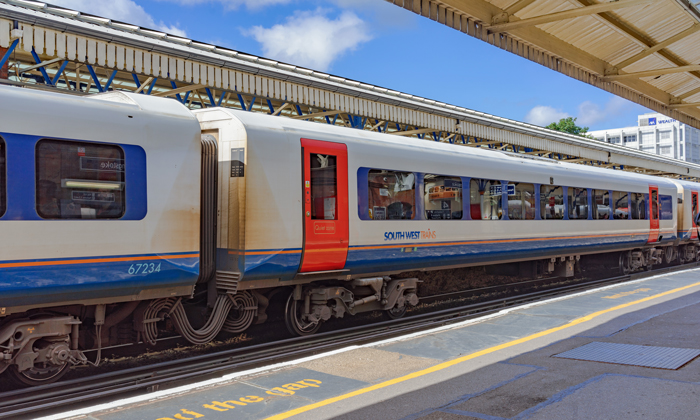

Class 444 in South West Trains Livery
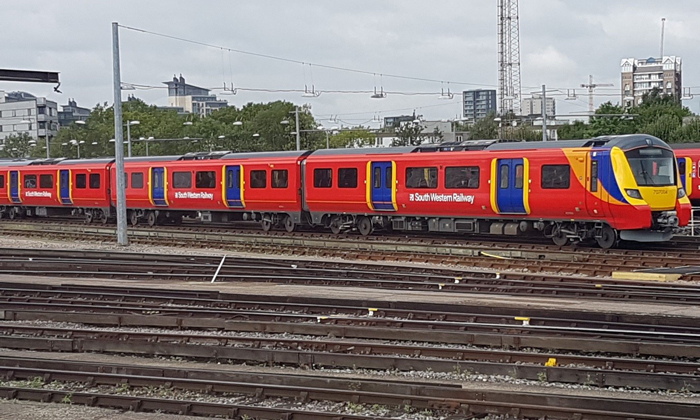

Class 707 in original SWT suburban livery with new South Western Railway name logo
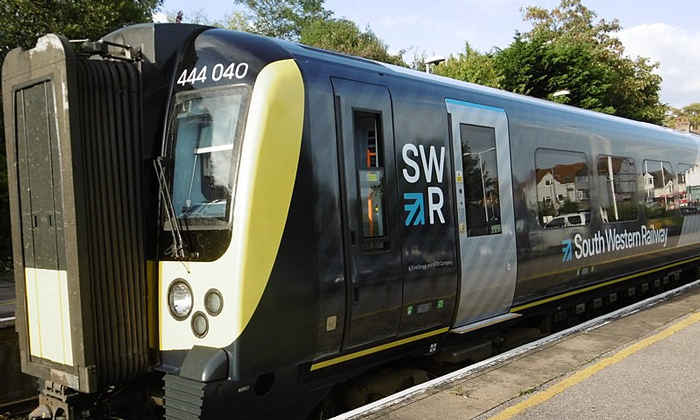

Class 444 in new South Western Railway livery
I travelled into London in September on an SWR from Southampton to London Waterloo and was amazed at how large a restriction there still is entering Waterloo station.
The reason for my journey was to join with ex-colleagues of London Ducktours to mark the end of operations of this iconic London tourist attraction. After 15 years, the slipway alongside the MI6 building at Vauxhall has been compulsorily purchased to build London’s new ‘super sewer’ and so the DUKW’s can no longer enter the water there.
It was a sad day to say goodbye and one can only hope that they will be back in London again soon in some other way.
For more information on Rail Baltica, look out for Global Railway Review Issue 6 where we will be featuring an article from Baiba A. Rubesa, Chairperson of the Management Board and CEO of RB Rail AS, which is the central co-ordinator for the Rail Baltic/Rail Baltica project, published on 9 November 2017. Click here to sign up for your copy now.
Related topics
Bogies & Wheelsets, Depots & Shunting Yards, Franchising, Funding & Finance, Infrastructure Developments, Operational Performance, Rolling Stock Maintenance, Rolling Stock Orders/Developments, Route Development, Station Developments




